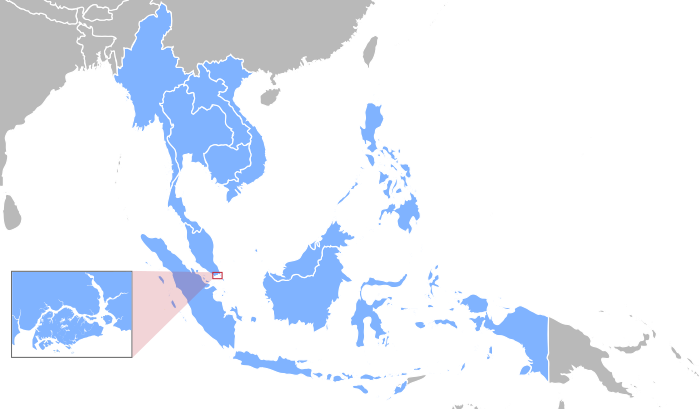Standard HDI
List
| Rank | Country | HDI |
|---|---|---|
| Members | ||
| Very high human development | ||
| 1 | 0.946 | |
| 2 | 0.837 | |
| 3 | 0.819 | |
| High human development | ||
| 4 | 0.798 | |
| 5 | 0.766 | |
| ― | World (average) | 0.756 |
| ― | 0.745 | |
| 6 | 0.728 | |
| 7 | 0.720 | |
| Medium human development | ||
| 8 | 0.634 | |
| 9 | 0.617 | |
| 10 | 0.609 | |
| 11 | 0.606 | |
| Observers | ||
| Medium human development | ||
| — | 0.576 | |
Map
This map shows the countries by their Human Development Index, The color indicators are as follows:
Very High Human Development High Human Development Medium Human Development
